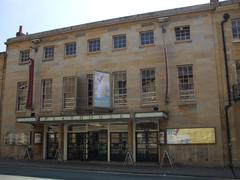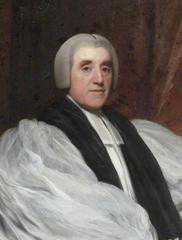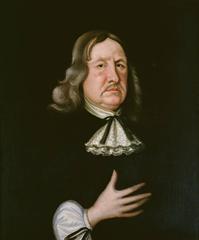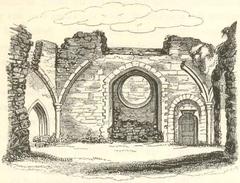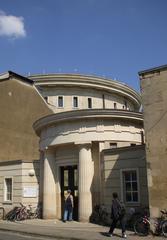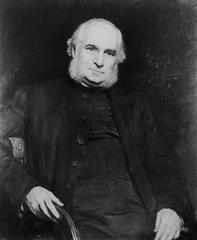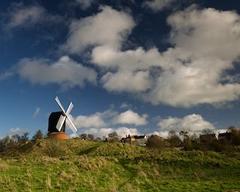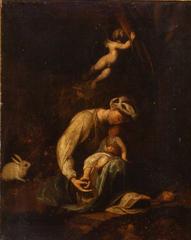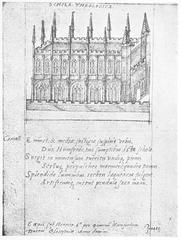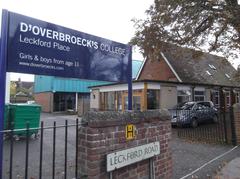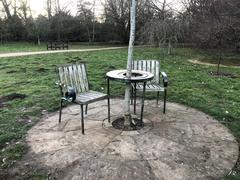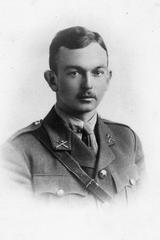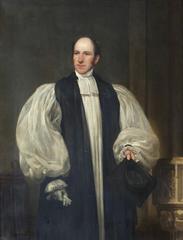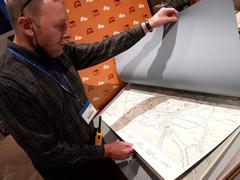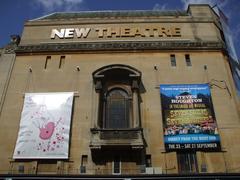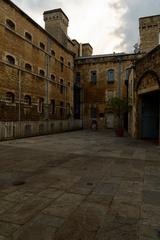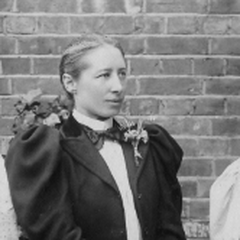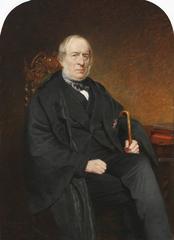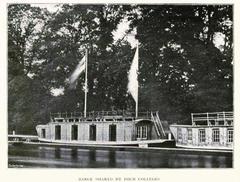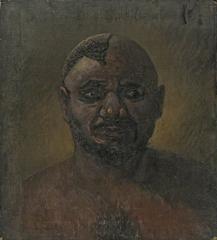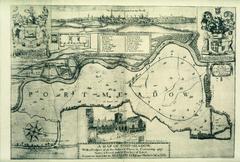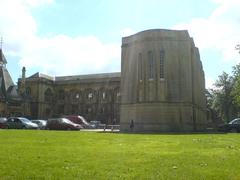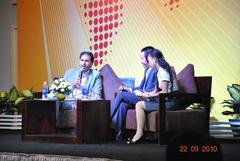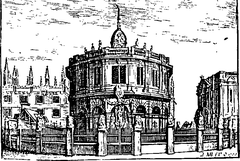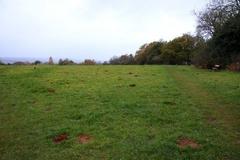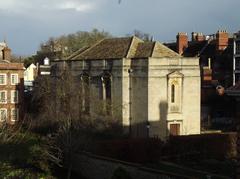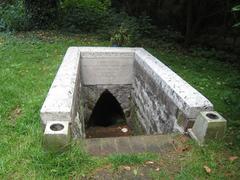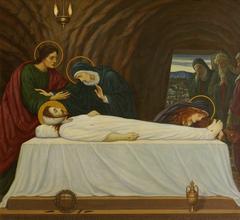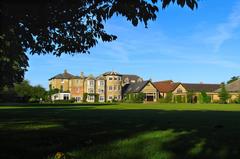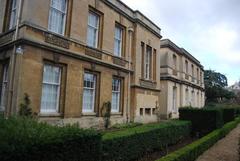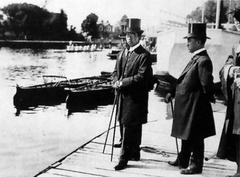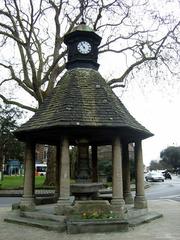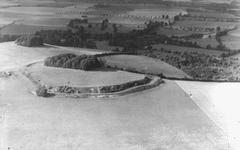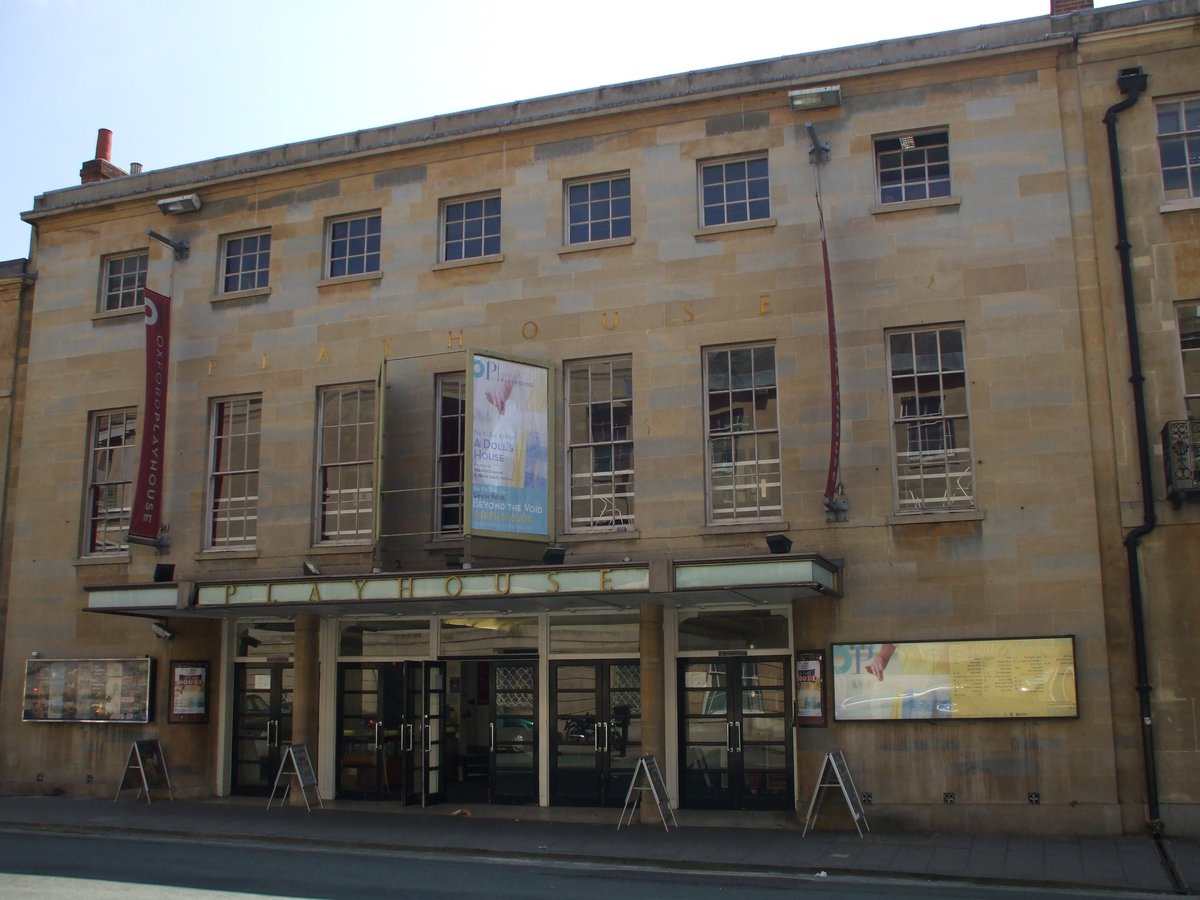
Oxford Playhouse Visiting Hours, Tickets, and Visitor Guide
Date: 14/06/2025
Introduction
Located in the vibrant heart of Oxford, the Oxford Playhouse is a renowned cultural institution with a rich theatrical heritage and a diverse contemporary programme. Since its founding in 1938, the Playhouse has played a central role in British theatre, evolving from a repertory theatre into a leading regional venue known for artistic innovation, community engagement, and inclusivity. Visitors can enjoy a wide array of performances, from classical drama and opera to comedy, dance, and family-friendly shows, all staged within the architecturally significant building designed by Sir Edward Maufe and F.G.M. Chancellor. This detailed guide provides essential information about Oxford Playhouse’s visiting hours, ticketing, accessibility, travel logistics, and nearby attractions, helping you make the most of your visit. For the most up-to-date information, consult the official Oxford Playhouse website, as well as trusted sources like BBC Oxford and The Oxford Magazine.
Table of Contents
- Introduction
- Historical Overview
- Visitor Information
- Cultural Significance and Programme Highlights
- Practical Tips and FAQs
- Conclusion and Call to Action
- References
Historical Overview
Origins and Early Foundations
The Oxford Playhouse was born out of a need for a permanent theatre space in Oxford. Prior to its establishment, the Oxford Players performed in the Red Barn on Woodstock Road, a venue noted for its inadequate facilities. In 1934, a fundraising campaign led by Eric Dance and the directors of the Oxford Repertory Company raised £25,000, overcoming local opposition to make the new theatre a reality (Oxford Playhouse History). The theatre’s façade, designed by Sir Edward Maufe, and the auditorium, by F.G.M. Chancellor, became architectural landmarks. The Playhouse opened on October 20, 1938, with a gala performance of J.B. Fagan’s “And So To Bed” (BBC Oxford).
The Repertory Years and Wartime Resilience
As the last new repertory theatre built in the UK before World War II, the Playhouse’s resident company performed plays in rotation, providing both variety for audiences and training for actors (Oxford Playhouse History). During WWII, the theatre became a haven for actors and directors, thriving even as London’s stages went dark. The early 1950s brought financial strain, leading to the original company’s last performance in 1956 (BBC Oxford).
Notable Alumni and Landmark Productions
The Playhouse has nurtured many illustrious talents, including John Gielgud, Judi Dench, Ian McKellen, Ronnie Barker, Maggie Smith, and Ken Tynan. It was also the site of the iconic 1966 OUDS production of “Dr Faustus” starring Richard Burton and Elizabeth Taylor. The Playhouse continues to host world premieres and landmark productions (Oxford Playhouse History).
Financial Challenges and Closure
Despite its artistic success, the Playhouse faced closure in 1987 due to financial difficulties. Community support and a major fundraising effort led to its refurbishment and reopening in 1991, ushering in a renewed era of artistic excellence (The Oxford Magazine).
Modern Era: Expansion and Community Engagement
Today, Oxford Playhouse is a producing house, commissioning and launching new works, and touring its own productions. Its Learning and Participation Team engages over 15,000 people annually through workshops, youth theatre, and outreach programmes (The Oxford Magazine). The Playhouse also supports emerging artists through its Artists in Residence programme and Playhouse Plays Out events (Theatres Online).
Architectural and Cultural Significance
The Playhouse’s architecture and location on Beaumont Street are integral to Oxford’s cultural landscape (Oxford Playhouse History). Its proximity to the University of Oxford fosters ongoing collaboration, serving as a training ground for generations of performers and writers.
Recent Developments and Ongoing Legacy
In recent years, the Playhouse has received investment from Arts Council England and continues to expand its creative ambitions and community impact (Oxford Playhouse History). Its commitment to inclusivity, diversity, and artistic innovation ensure its ongoing legacy (The Oxford Magazine).
Visitor Information
Visiting Hours
- Box Office: Monday to Saturday, 10:00 AM – 6:00 PM; opens earlier on performance days as needed.
- Performance Times: Evening shows typically start at 7:30 PM; matinees on Wednesdays and Saturdays at 2:30 PM.
- Doors: Open 30 minutes before showtime.
For the most accurate schedule, check the Oxford Playhouse Official Site.
Tickets
- Booking Methods: Online, by phone (+44 01865 305305), or at the box office.
- Prices: Generally £10–£40, with concessions for students, seniors, and children.
- Special Offers: Group discounts, gift vouchers, and affordable ticket schemes.
- Popular Shows: Early booking is recommended for events like the annual pantomime and major touring productions.
Accessibility
- Facilities: Step-free access, accessible toilets, wheelchair seating, hearing loops.
- Services: Audio-described, captioned, and relaxed performances.
- Assistance: Assistance dogs welcome; staff can arrange additional accommodations (Oxford Playhouse Access).
Getting There and Nearby Attractions
- Location: 11–12 Beaumont Street, Oxford, OX1 2LW.
- Transport: Close to Gloucester Green Bus and Coach Station and Oxford railway stations. Park & Ride buses run late into the evening (The Oxford Magazine).
- Parking: Paid parking is limited; Park & Ride is recommended.
- Nearby Attractions: Ashmolean Museum, Bodleian Library, Radcliffe Camera, Sheldonian Theatre, and the historic Covered Market are all within walking distance (Amber Student).
Special Events and Guided Tours
- Events: Guided backstage tours, artist meet-and-greets, talkbacks, and workshops are occasionally available. Check the What’s On calendar for details.
- Community Programmes: The Playhouse runs educational workshops, youth theatre, and the Playhouse Plays Out series for broader community engagement (Oxford Playhouse Overview).
Photographic Spots
- Exterior: The striking Beaumont Street façade is a popular photo opportunity.
- Nearby: Oxford’s historic streets and university buildings offer additional scenic views.
Cultural Significance and Programme Highlights
Oxford Playhouse is a cornerstone of the city’s cultural life, with programming that includes drama, dance, opera, comedy, family shows, student productions, and more (Visit South East England). Recent highlights include classics like “A Man for All Seasons” (The Reviews Hub), contemporary hits, and the much-loved annual pantomime (What’s Good To Do). The Playhouse is celebrated for its inclusivity, educational outreach, and support for emerging talent.
Community engagement is at the heart of the Playhouse’s mission, reaching over 15,000 people yearly through workshops, post-show discussions, and outreach initiatives (The Oxford Magazine). The theatre is also known for its family-friendly programming, relaxed performances, and accessible facilities (Red Kite Days).
Practical Tips and FAQs
Practical Tips
- Book Early: Secure tickets in advance for popular shows.
- Arrive Early: Plan to be at the venue at least 30 minutes before the performance.
- Refreshments: The Playhouse bar and café serve drinks and snacks; explore local dining options before or after your visit.
- Dress Code: Smart-casual is standard; there is no formal dress code.
- Transport: Use public transport or Park & Ride to avoid parking issues.
- Covid-19: The Playhouse follows See It Safely protocols; check the website for the latest advice (Oxford Playhouse News).
Frequently Asked Questions (FAQ)
What are the Oxford Playhouse visiting hours?
Box office: Mon–Sat 10:00 AM–6:00 PM; doors open 30 minutes before performances.
How can I buy tickets?
Purchase tickets online, by phone, or in person at the box office.
Is the Playhouse accessible?
Yes—step-free access, accessible toilets, wheelchair seating, hearing loops, and relaxed shows are available.
Are there guided tours?
Yes, occasionally. Check the events page or contact the box office.
Where can I park?
Use Park & Ride or city centre car parks; parking is limited near the theatre.
Are children welcome?
Yes, with family-friendly shows and facilities (booster seats, age guidance, etc.).
Conclusion and Call to Action
The Oxford Playhouse is an essential destination for anyone interested in theatre or Oxford’s cultural scene. Its blend of historical significance, diverse programming, and commitment to accessibility make it a welcoming venue for all. To plan your visit, book tickets, and stay informed about upcoming events, consult the official website, sign up for the newsletter, and consider downloading the Audiala app for personalized recommendations. Don’t forget to explore Oxford’s nearby historic landmarks and vibrant city life to round out your theatre experience.
References
- Oxford Playhouse: Visiting Hours, Tickets & Historical Significance in Oxford, 2025, Oxford Playhouse Official Website (Oxford Playhouse History)
- Oxford Playhouse Visiting Hours, Tickets, and Cultural Significance, 2025, Oxford Playhouse Official Website (Oxford Playhouse)
- Oxford Playhouse Visiting Hours, Tickets, and Visitor Guide to Oxford’s Premier Theatre, 2025, The Oxford Magazine (The Oxford Magazine)
- Oxford Playhouse Visiting Hours, Tickets, and Practical Tips for Visitors, 2025, Oxford Playhouse Official Website (Oxford Playhouse Access)
- BBC Oxford Playhouse Feature, 2008, BBC Oxford (BBC Oxford)
- The Oxford Magazine, 2025, Oxford Playhouse Venue Page (The Oxford Magazine)
- Additional sources: Amber Student, Visit South East England, The Reviews Hub, What’s Good To Do, Red Kite Days, UK Travel Planning, One Day in Oxford Itinerary, Oxford Playhouse Overview
